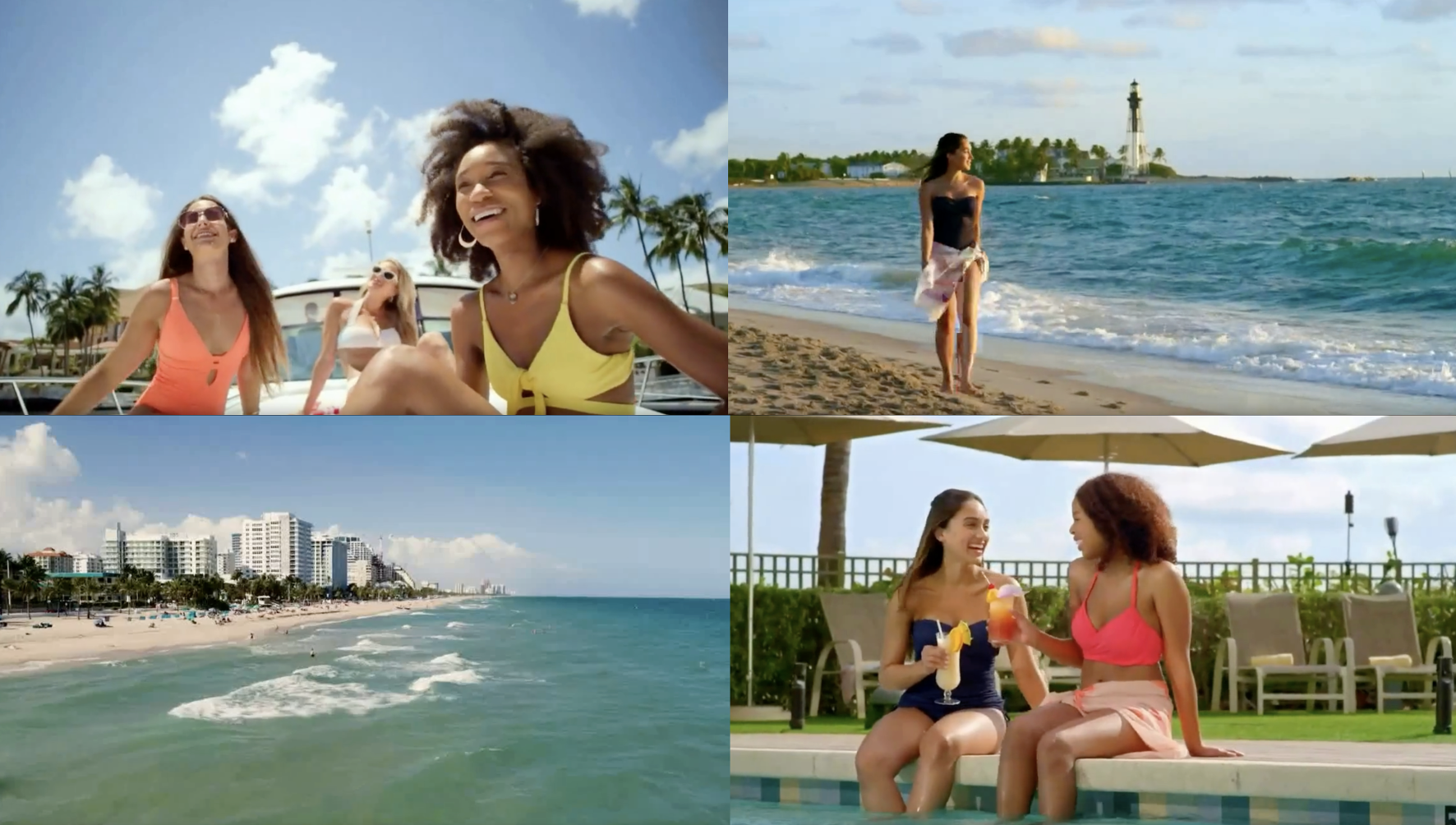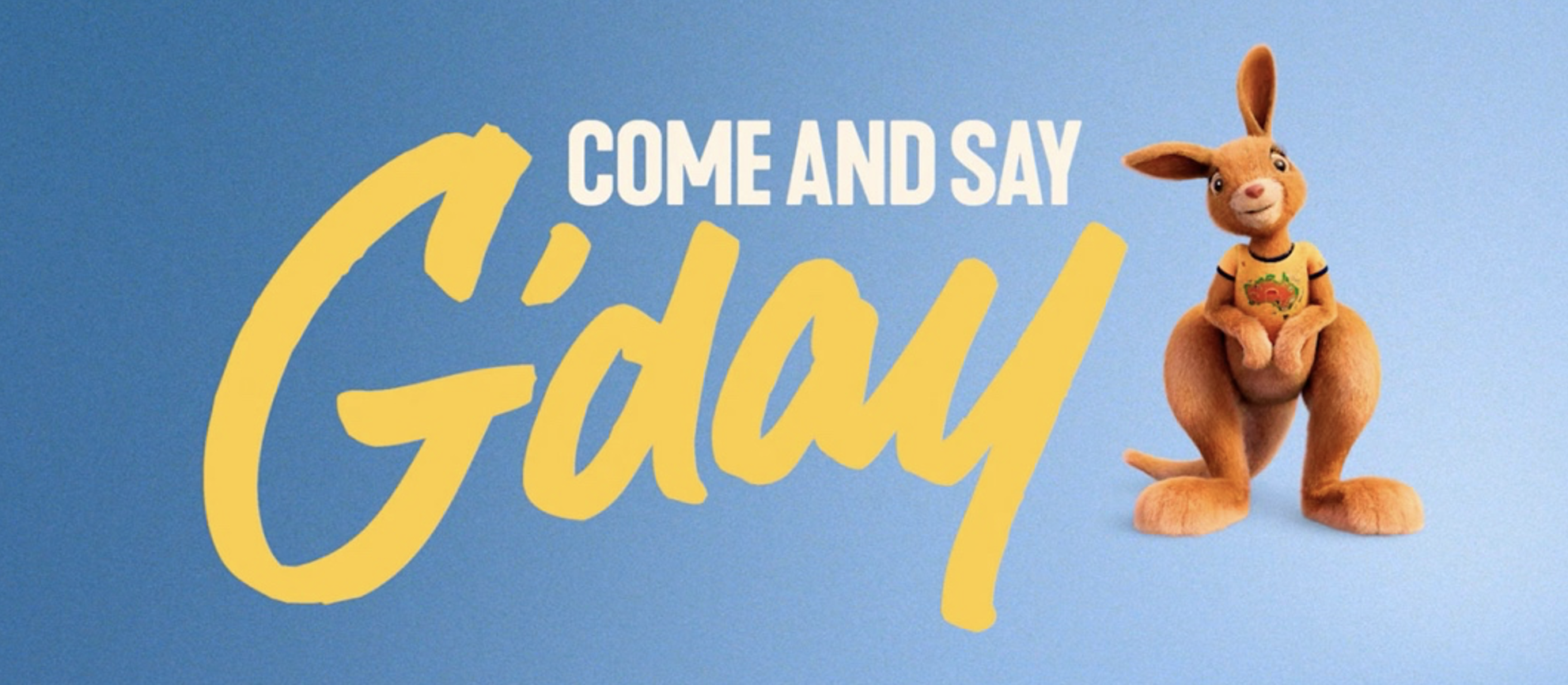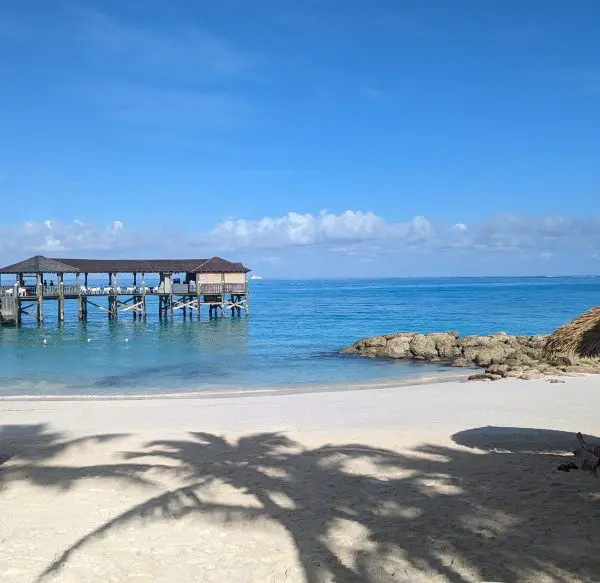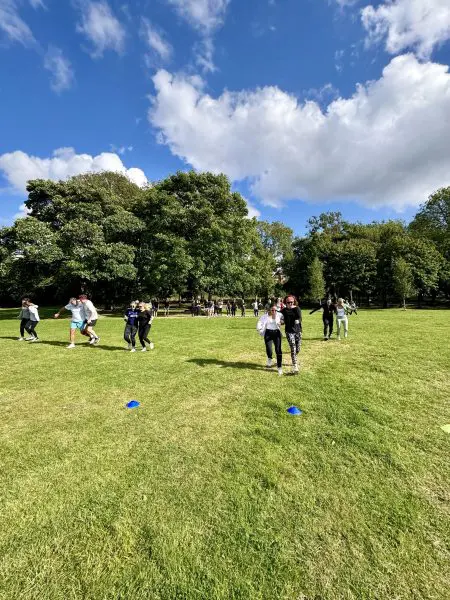Most of the advertising in the world of travel and leisure looks like it could have been created by AI.
With almost all ads, you can tick off at least one of the following:
- Generic drone shots of a backdrop: a beach, a forest path, a mountain sunset, a cityscape.
- Couples holding hands looking wistfully into each others eyes.
- ‘The gals’ clinking glasses by the pool.
- Kids on shoulders.
All nice images, and they all paint a pretty picture. But (ironically) the big problem with travel marketing is that it all blurs into one, failing to reflect the uniqueness of the place. It could all be, basically, anywhere.

1. Make it absolutely 100% clear which place we are advertising.
Often, ‘awareness’ of the destinations is actually quite high. We all know Australia exists (hopefully), but if you just show me shots of sandy beaches, it could be easily mistaken for a lot of places. Which is exactly what a recent campaign from Australia have strived to avoid…
In the “come say G’day” campaign, they use the help of ‘Ruby the kangaroo’ to narrate over various Aussie landmarks, over a rendition of “Land Down Under”. It is steeped in fluent devices that could be nowhere else in the world. According to System1, their (very effective) ad was born of research that looked at the brand codes of Australia as a country, finding the kangaroo is their most distinctive asset. Doing some of this research upfront can really help to tease out what a destination is famous for.
They aren’t necessarily the most creative ways in – but they do a very important job of making the ad recognisable. Which is basically the first rule of advertising. And a cute animal always helps.

2. Dig out what makes it special, under the surface.
Once we’re sure the place we’re advertising looks like the place we’re advertising, there may be a job in digging out what makes it special, under the surface.
Ireland is a backdrop of green landscapes, Irish bands, and‚ Guinness! All fluent assets that let you know exactly what you’re looking at. Yet, in the latest TV ad, they’ve realized that what really makes Ireland extra special is the people, and the fact they’re generally all good craic. The scenery, the pubs, the Guinness and all that good stuff are still there, sitting in the background, but they’ve found a focus that is much more distinctive. It prevents the ad from looking like another shade of say, Scotland or Yorkshire – and really gets to the heart of the destination.

To really get down to what makes a place special, we may need to get a little more lateral – looking beyond the “product features” (e.g., beaches, sunshine, landmarks) and thinking about the insights we can dig out that allow us to tell the story in a way it maybe hasn’t been told before.
3. Find the emotion (don’t just show the emotion).
Now we know exactly what we want to talk about – the job is to help people connect with our destination. Which is going to require a healthy dose of emotion.
Generating emotion requires storytelling, and an understanding of our audience – so that we can pull the right levers to hit them right in the feels. It’s about doing something that the viewer really connects with on a human level, not just showing other people laughing down the beach or with their hands out the roof of a car. Simply showing emotions doesn’t generate emotions. Unfortunately, it’s not that simple.

The 2015 Center Parcs ‘Bears’ is a perfect example. Instead of just showing people having fun in Sherwood Forest, they get down what it really feels like – perfectly targeted at the audience. The ad begins with a family of bears living in ‘the rat race’: behind paperwork in a badly lit office, stood up on a crowded train, the kid bears staring blankly at an iPad, etc etc. But then, as they arrive, the iPad gets put down, and they all go back to being bears – running around and having fun in the woods (on all four legs again).
The ad is lovely, but also clever – in that it takes a relatively generic experience (a woodland retreat) and get it down to the unique way that Center Parcs makes their audience feel.

The places we’re advertising are unique-by-nature. But a lot of ads out there do a pretty poor job of getting this across.
First, we need to use enough fluent devices to make it absolutely clear where we’re advertising. Then, it’s about digging out what truly makes the place special – and dramatising it with emotion.
In short: it’s not about telling people that a beautiful beach is a beautiful beach – it’s to take the time to understand what makes THIS beach different.

